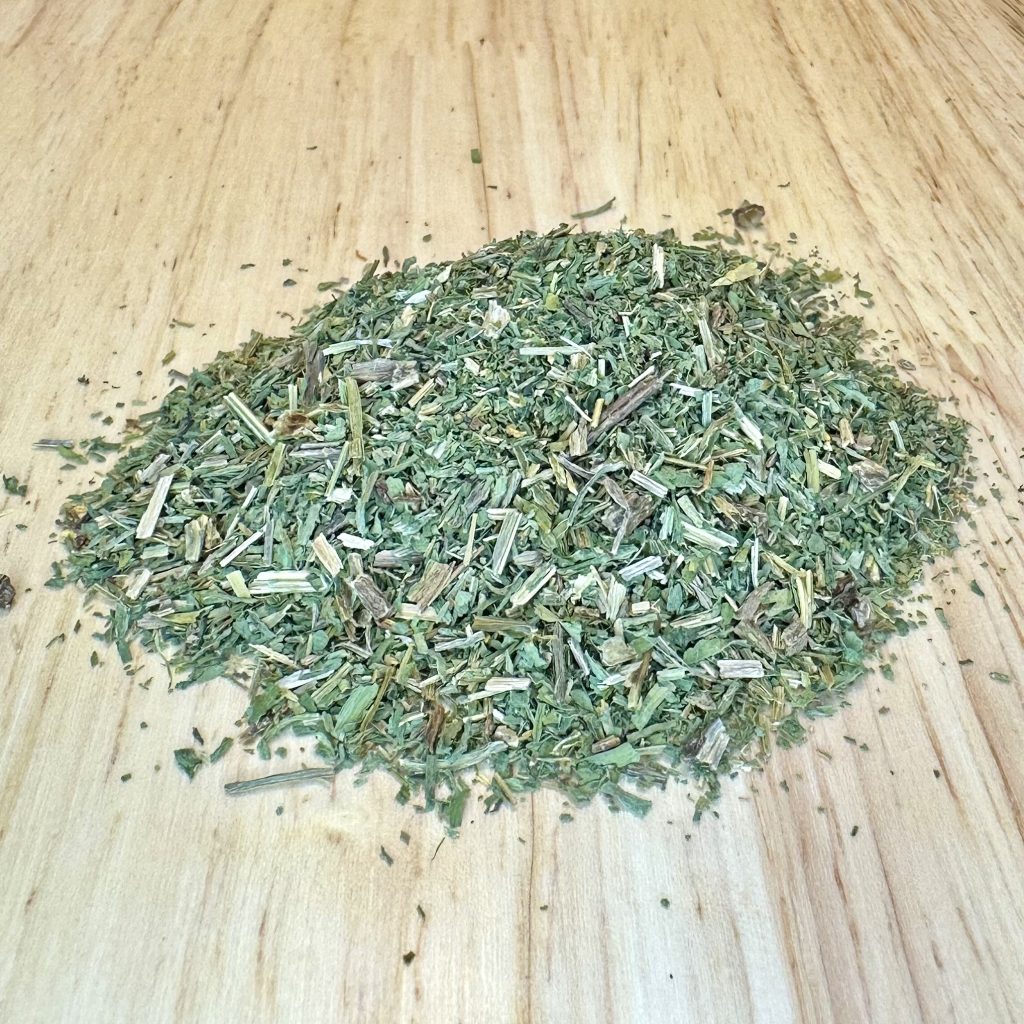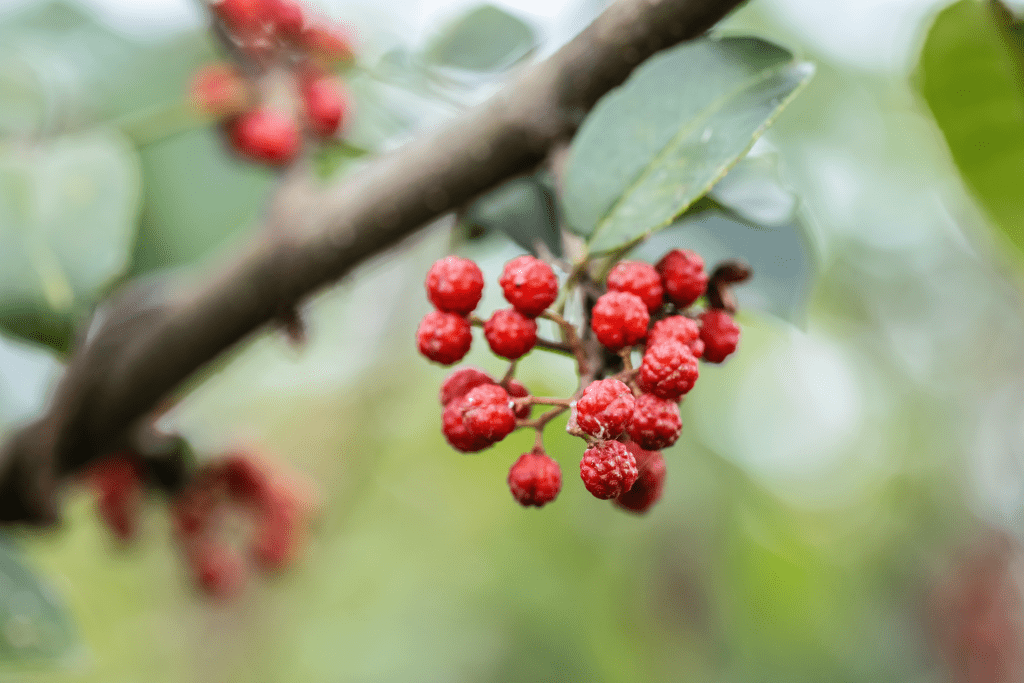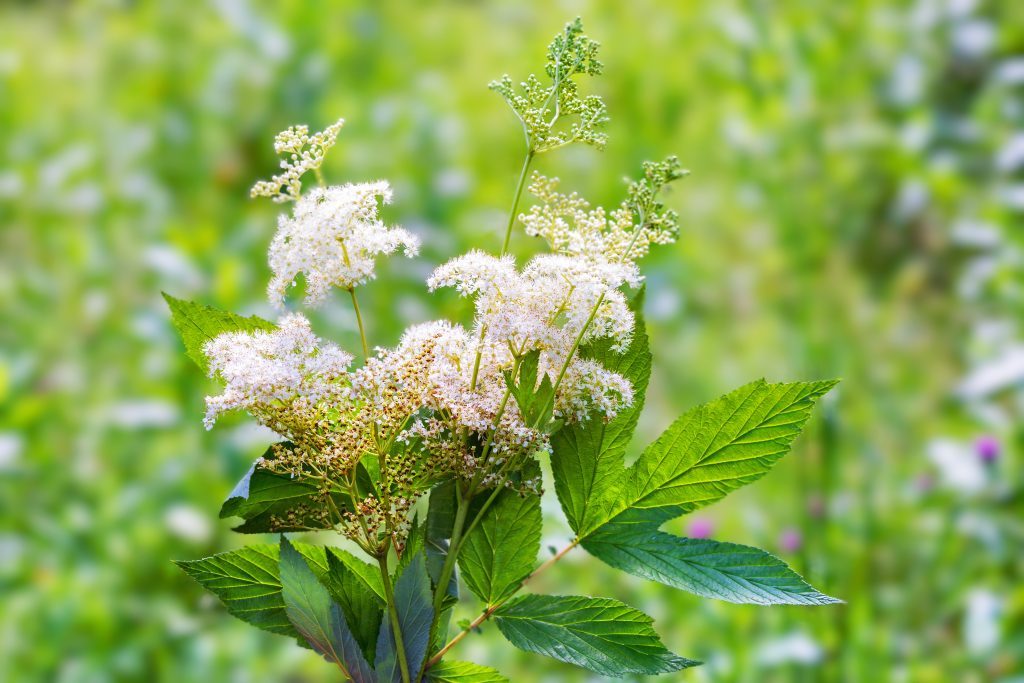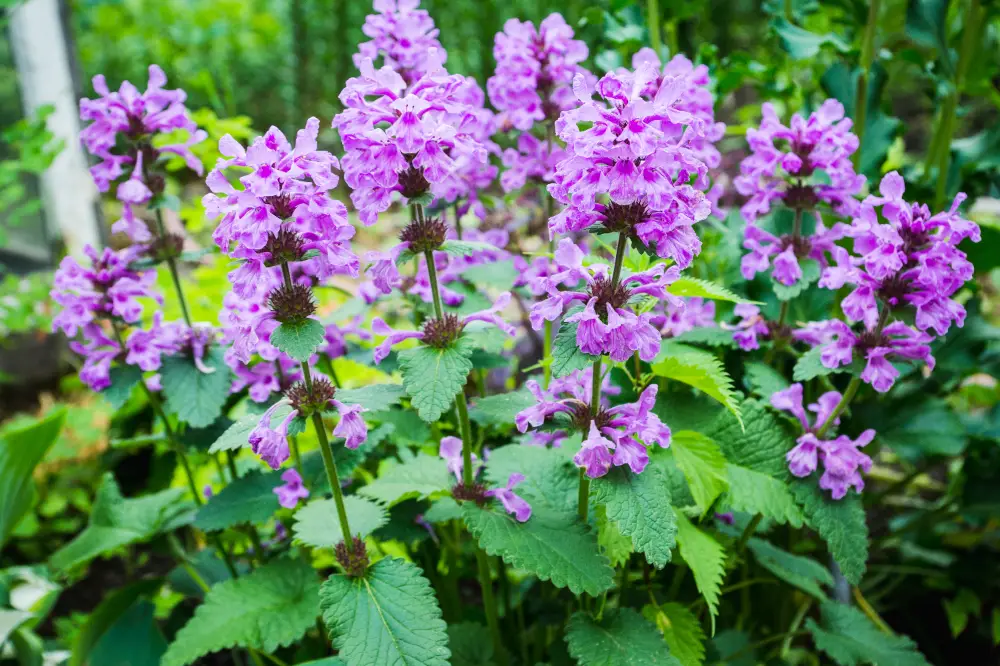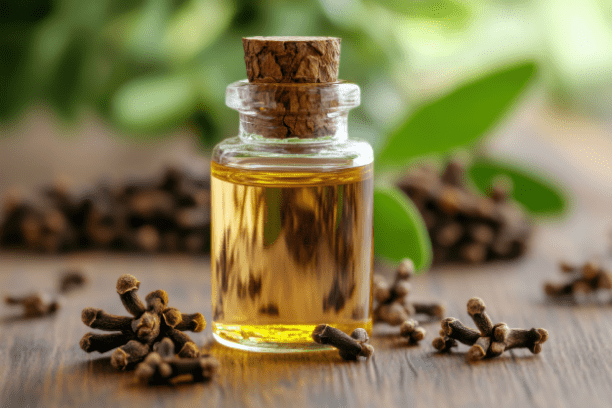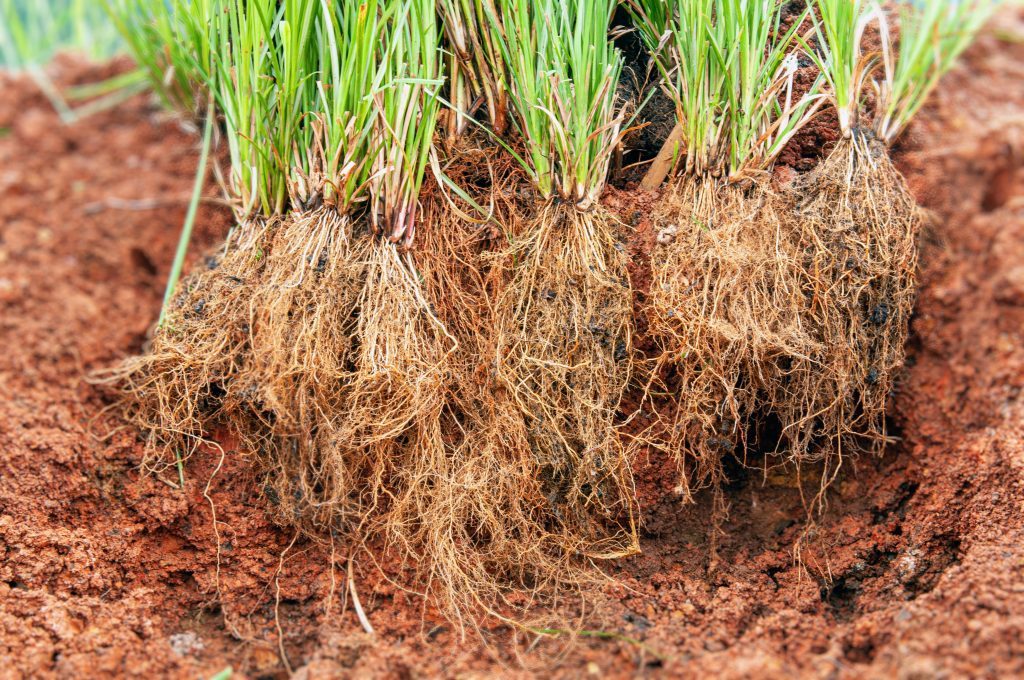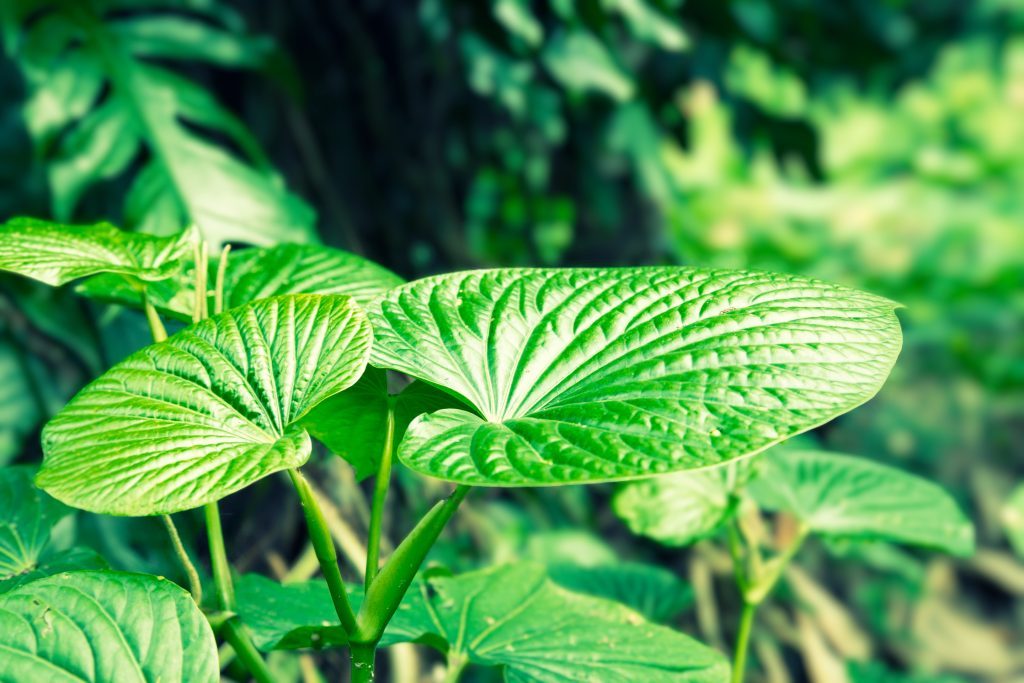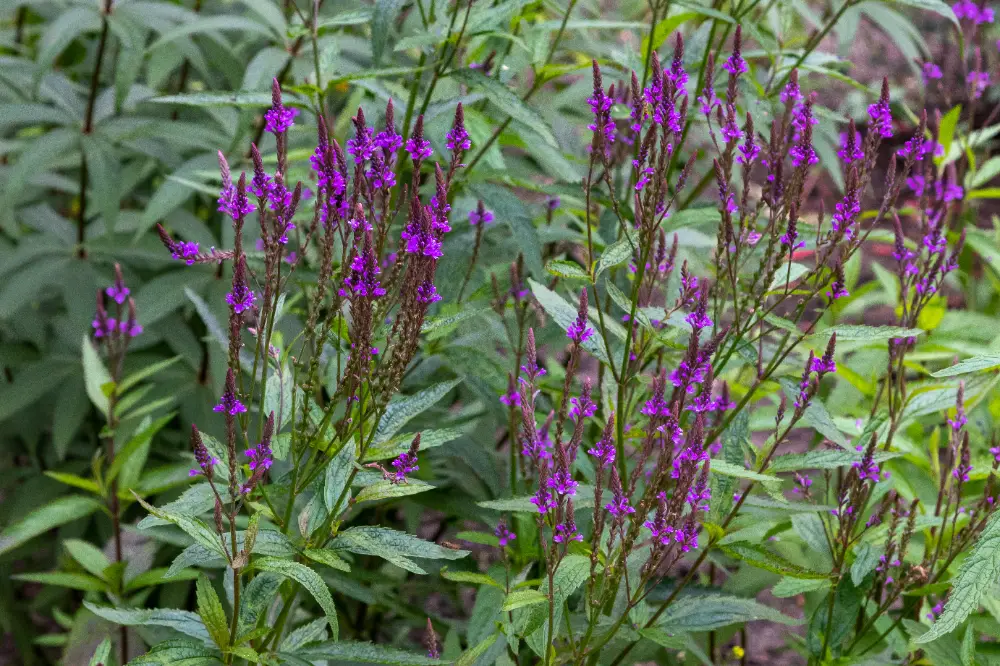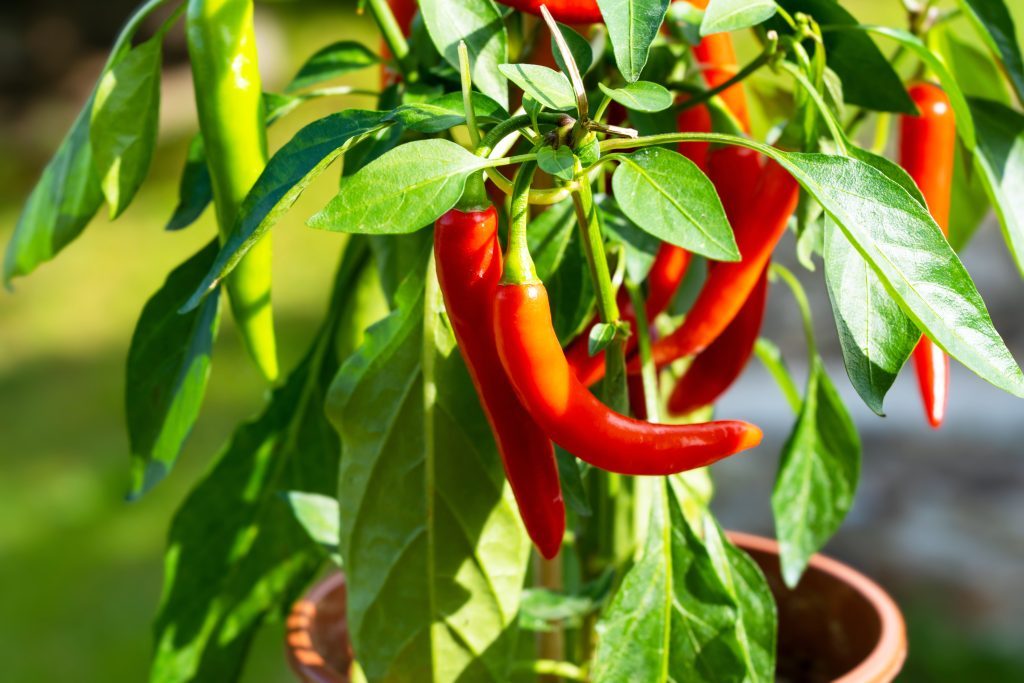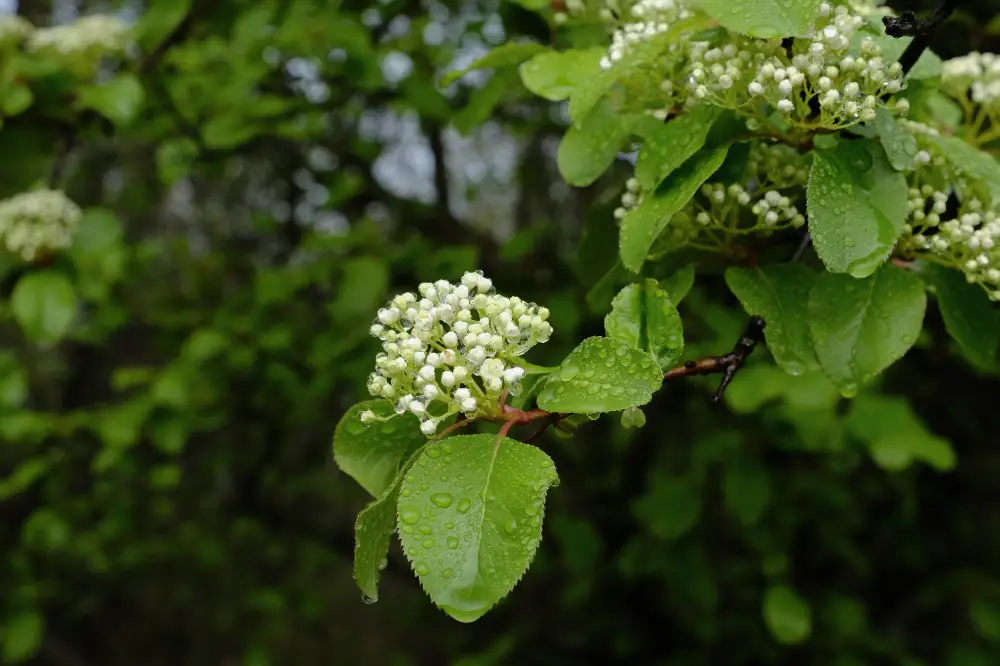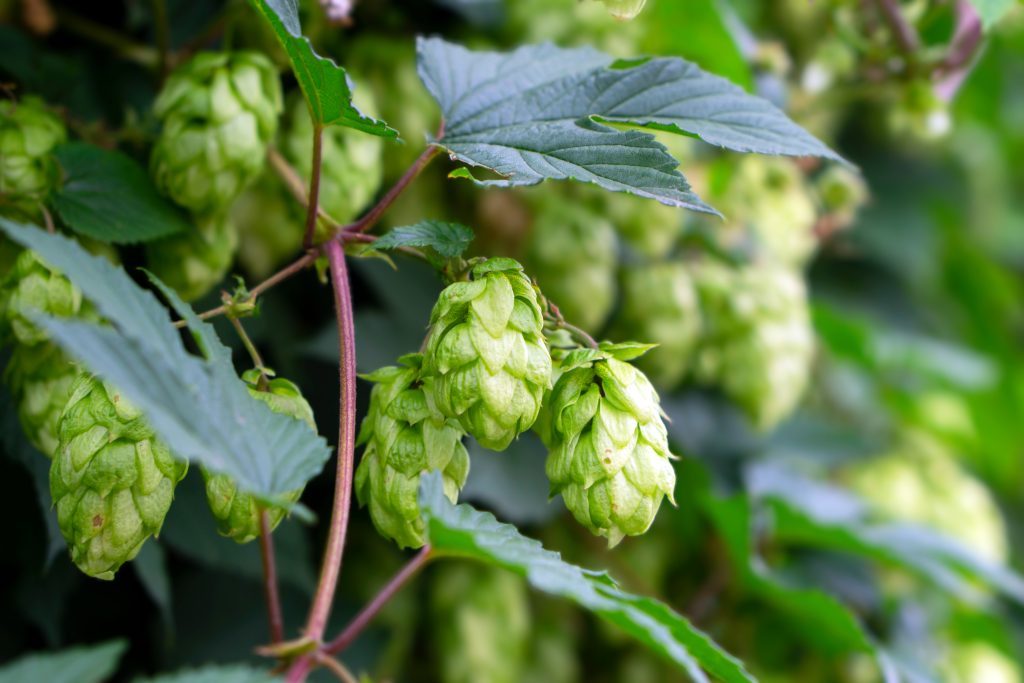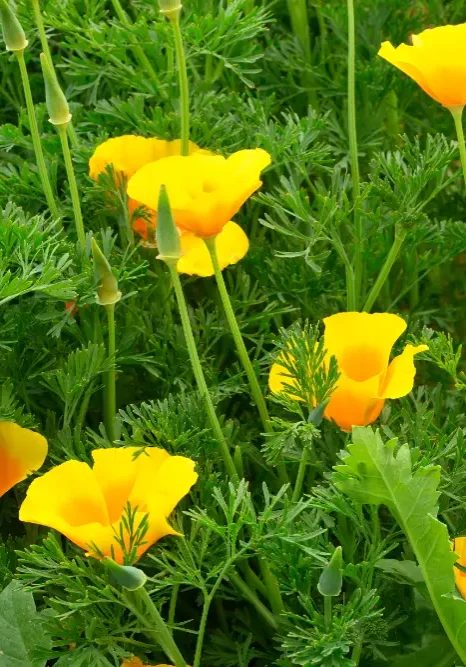
California Poppy
Eschscholzia californica
Papaveraceae (Poppy family)
California Poppy is a bright and cheerful flowering plant, commonly recognized as the state flower of California. It is used for its sedative and analgesic properties, primarily to promote relaxation and support sleep.
Other names:
Golden Poppy, Cup of Gold, California Sunlight.
Superpower
Known as a natural chill pill, its ability to gently relax the mind and body without the heavy sedation of its more famous cousin, the opium poppy, makes it a hero for those battling stress, anxiety, or restless nights. It helps you unwind without leaving you groggy the next day.
Uses
Nervine and Sedative:
California poppy has been traditionally used as a gentle nervine and sedative to calm the nervous system. It is especially beneficial for people dealing with stress, anxiety, nervous tension, and insomnia. Unlike stronger sedatives, California poppy provides a soothing effect without causing grogginess, making it perfect for those needing to relax while staying alert.
Pain Relief:
In traditional herbal medicine, California poppy has been used as a mild analgesic for relieving pain, particularly in cases of muscle tension, headaches, nerve pain, and neuralgias. It is also effective in treating migraines and stress-related discomfort.
Normalizing Effect:
California poppy is known for its normalizing effect on both physical and psychological symptoms. It helps with issues such as nervous bowel, depression, anxiety, and even hyperactivity in children. This balancing effect on the nervous system makes it a versatile remedy for many types of nervous system imbalances.
Children’s Herb (Sleep, Bedwetting, Colic, and Crankiness):
Because of its gentle nature, California poppy has been safely used for children dealing with sleep disturbances, anxiety, bedwetting (nocturnal enuresis), colic, and crankiness. Its calming effects on the nervous system help promote restful sleep and reduce nighttime anxiety. In some traditions, it has been used to help children relax before bedtime and support nervous system balance, which may reduce bedwetting and colic episodes related to emotional stress or nervousness.
Circular Thoughts:
California poppy is also effective in calming circular thoughts that prevent sleep. For those who struggle with racing minds that loop over anxious or repetitive thoughts, California poppy helps to quiet mental chatter and promote more restful, uninterrupted sleep.
Digestive Support:
California poppy is also used for its effects on the digestive system, particularly when stress or emotional imbalances cause digestive upset. Its relaxing properties can help soothe nervous stomachs and cramps related to anxiety.
Cautions
Sedative Effects:
California poppy has mild sedative properties and can enhance the effects of other sedatives or sleep medications. It may increase drowsiness when combined with medications like benzodiazepines, barbiturates, or antihistamines that also cause sedation.
Pregnancy and Breastfeeding:
Although California poppy is generally considered safe in moderate amounts, there is insufficient research on its safety during pregnancy and breastfeeding. It is recommended to avoid internal use during these periods unless under the guidance of a healthcare professional.
Children:
While California poppy is sometimes used for its calming effects in children (especially for restlessness or sleep issues), it should be administered carefully, and only under professional guidance, as there is limited data on its long-term safety for pediatric use.
Hypotension:
California poppy may have mild blood pressure-lowering effects, so caution is advised for individuals already on antihypertensive medications, as it could potentially enhance the effects of these drugs, leading to low blood pressure.
Known Chemical Constituents
Alkaloids: (including californidine, protopine, cryptopine, and allocryptopine)
These alkaloids contribute to the poppy’s gentle sedative and analgesic effects. Californidine is particularly noted for its role in calming the nervous system, promoting relaxation, and relieving pain without causing grogginess.
Flavonoids: (including quercetin, kaempferol, and rutin)
Flavonoids provide antioxidant and anti-inflammatory support, helping protect the body from oxidative stress. Rutin, in particular, helps to strengthen capillaries and improve circulatory health, which further supports the calming and anti-inflammatory effects of California poppy.
Carotenoids:
Responsible for the vibrant colors of the petals, carotenoids also offer antioxidant properties that support skin health and immune function.
Botanical Description
Plant Type:
Eschscholzia californica is an herbaceous perennial, but it is often grown as an annual in cooler climates. It can reach up to 30 to 60 cm (12 to 24 inches) in height and forms a bushy clump of foliage.
Leaves:
The leaves are bluish-green, finely divided, and fern-like, giving the plant a delicate, airy appearance. They are alternate and grow at the base and along the stems.
Flowers:
The flowers are vibrant shades of yellow, orange, or occasionally cream-colored, with a cup-shaped bloom measuring around 5 to 7 cm (2 to 3 inches) in diameter. Each flower has four petals, which close at night and in cloudy weather. The flowers bloom from spring through early summer and are highly attractive to pollinators.
Stems:
The stems are slender, smooth, and typically green or bluish-green, branching out from the base of the plant.
Fruit:
The fruit is a long, slender capsule containing numerous small, blackish-brown seeds. These capsules burst open when ripe, scattering seeds.
Root System:
California poppy has a fibrous root system with a central taproot, making it drought-tolerant once established.
Habitat:
California poppy thrives in full sun and well-drained soils. It is native to California and is commonly found in meadows, grasslands, and open hillsides in the western United States, particularly in arid and semi-arid regions.
Fun Facts
When the clouds gather and dim the day, the California poppy folds its petals, closing like golden eyelids. At nightfall, it retreats into a quiet slumber, awakening with the first light of dawn to greet the sun once more.
Parts Used
Aerial & Root
Harvest
Best Time to Harvest:
The optimal time to harvest California poppy is when the flowers are fully open, typically between late spring and early summer. Morning is ideal after the dew has evaporated but before the heat of the day, which helps preserve the plant’s active constituents and volatile oils.
Parts Used:
The aerial parts of the plant, including flowers, leaves, and stems, are most commonly harvested for medicinal use. Occasionally, the roots are harvested as well, but this is less common.
Harvesting Method:
Use clean, sharp scissors or shears to gently cut the flowering tops and leaves, leaving some flowers on the plant to allow for continued blooming. The harvested parts can be used fresh or dried in a shaded, well-ventilated area for future use in teas, tinctures, and topical preparations.
Preparations
Infusion (Tea), Tincture, Capsules, Topical Salve, Glycerite.
Sacred Rituals
Spiritually, California poppy is used to ground emotional energies, making it an ideal herb for meditation, relaxation, and aligning oneself with a deeper sense of inner peace. Its ability to gently ease the nervous system makes it a herb of emotional protection, helping to create a barrier from external stressors and bring comfort to the mind and spirit.
Affirmations
“I embrace the calm and peace within me, allowing my mind and body to rest and reset. Like the poppy, I close the day’s energy and open to new light with ease and grace.”
Spiritual Associations
Spiritually, California poppy is used to ground emotional energies, making it an ideal herb for meditation, relaxation, and aligning oneself with a deeper sense of inner peace. Its ability to gently ease the nervous system makes it a herb of emotional protection, helping to create a barrier from external stressors and bring comfort to the mind and spirit.
Functions
An analgesic is a substance that relieves pain by reducing the perception of pain signals or alleviating discomfort without causing a loss of consciousness.
AntispasmodicA substance or agent that helps relieve or prevent involuntary muscle spasms, cramps, or contractions in smooth or skeletal muscles.
AnxietyAnxiety is a psychological state characterized by excessive worry, fear, or nervousness, often accompanied by physical symptoms such as rapid heartbeat, restlessness, or difficulty concentrating.
InsomniaA sleep disorder characterized by difficulty falling asleep, staying asleep, or waking too early, resulting in poor sleep quality and impaired daytime functioning.
Nervine relaxantA nervine relaxant is a substance that calms and soothes the nervous system, reducing tension, stress, and anxiety, and promoting a sense of relaxation and peace.
Nervous System HealthNervous system health refers to the overall functioning, balance, and well-being of the nervous system, which regulates the body’s communication, movement, and response to stimuli.
Pain ManagementPain management refers to interventions or therapies designed to reduce, alleviate, or control pain, improving comfort and quality of life.




